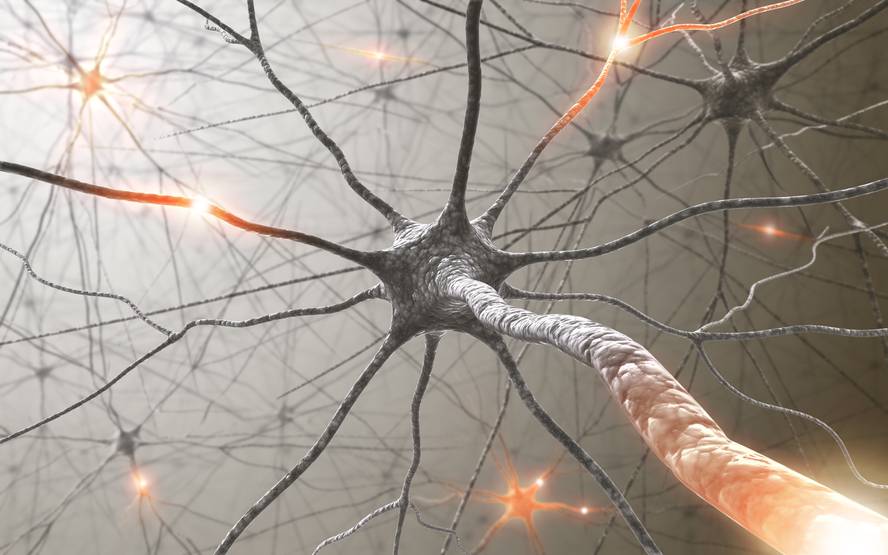GLP-1 receptor agonists explain how they generate satisfaction
Several studies on GLP-1 receptor agonists have been carried out lately. In particular, they have demonstrated their effectiveness against obesity and are also seeing other consequences. Now, in a study published in the journal Science, they have clarified through what mechanisms impact satisfaction.
According to researchers, GLP-1 receptor agonists alter cognition with food, decreasing the signals food causes in the hypothalamus and changing the perception it generates in the palate. Hence, they deduced that the agonists act before eating.
Thus, researchers have conducted a clinical session with people with obesity to know their level of satisfaction in basic conditions before and after eating, both with people who take treatment and with those who do not take it. Based on the results, the treatment raises the saturation rate in three situations. In contrast, in the control group, the saturation rate decreased before eating.
In addition, some neuronal circuits that interact with agonists in the dorsomedial area of the hypothalamus have been identified. Through optogenetics and calcium imagery, they have shown that these neural circuits have a direct participation in reducing desire with respect to food.






